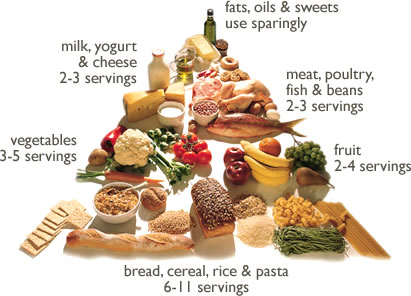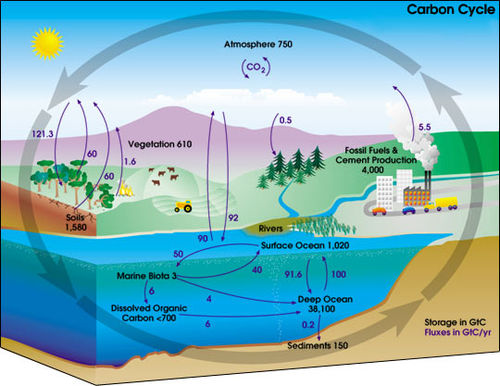
Without Vitamin A, B,C,D, and Iodine there is no way you
could have a well balanced diet. There are many problems that you can solve or
can come from the foods you eat. You may not think what you put into your body doesn’t
make much of a difference but it does, sometimes it can make all of the difference.
It’s vital that we keep a well balanced diet rich of all the vitamins that we
need to be healthy. There are vitamins that improve anything from vision to
metabolism.

Vitamin A Helps eye function, hair, and skin. Vitamin A can
be found mainly in foods such as dairy, meat, fish, and of course carrots. Males
14-18 should have 630 mg of vitamin A Everyday. Females ages 14-18 should have
485 mg of Vitamin A. Vitamin B promotes a good nervous system, and controls digestion
enzymes. It can be found mainly in Dairy, Meat, Spinach, broccoli, and bananas.
The RDI (recommended daily intake) for males 14-18 is 1.1mg and for females
1.0mg.

Vitamin C is a
healing antioxidant and helps your immune system. It is mainly found in citrus fruit.
for males ages 14-18 should have 63 mg daily, and females 56.without Vitamin C you
could develop scurvy heavily affecting you dental health leading to other
health problems. Vitamin C has been known to help you when sick how every it
works better when you take your RDI rather than large amounts when already
sick.
Vitamin D helps with
calcium absorption for bones and teeth. It can be found in Dairy, fish, and
fish oil. The DRI for vitamin D everyone at any age is 10. You can also receive
Vitamin D from the sun. the paler your skin the more Vitamin D is made however
the sun is harmful to skin so you shouldn’t depend on sun giving you RDI of
vitamin D you should include it in your diet. Iodine helps thyroid function, metabolism
and temperature control. It can be found in Seaweed and seafood. Iodine
deficiency blocks the negative feedback to the pituitary gland causing a
swollen thyroid gland. To solve this problem salt has begun to be iodized.




















